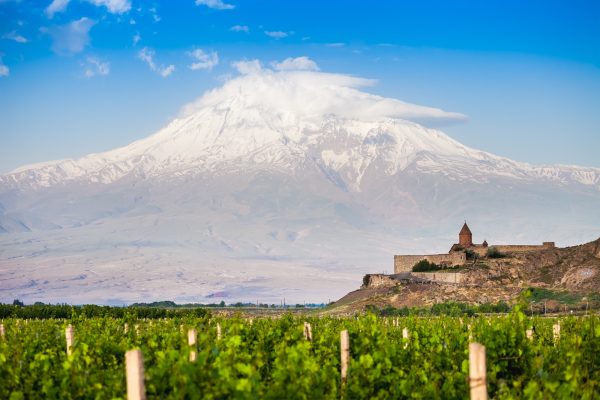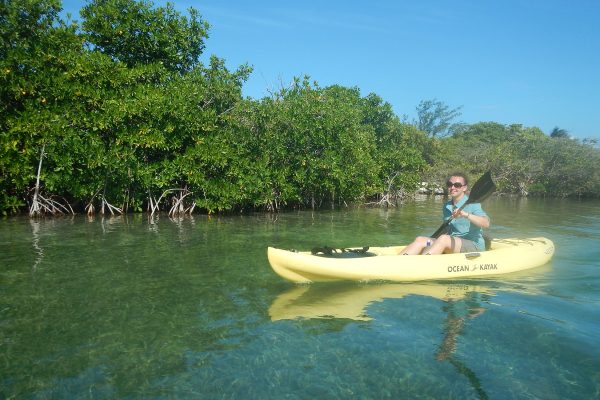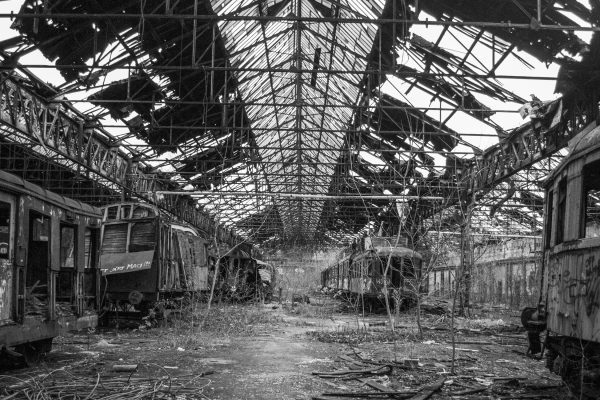Trip duration: 3-4 days | Approx cost: £300 | When: April – Sep
Doinit factor: It’s cheap, there’s plenty to see and best of all, there’s hardly any tourists there!
Almost every guide book to Macedonia’s capital city will start by explaining that 80% of the city was destroyed by an earthquake in 1963. It will continue to explain that this paved the way for the great socialist rebuild resulting in today’s grey and concrete façade dominating the skyline. However, spend some time here and you’ll see there’s more than meets the eye.
Travelling to Skopje is pretty straight forward. Alexander the Great Airport boasts a new terminal building, perhaps in anticipation of the invasion of the budget airlines. At the moment it’s possible to get a return flight from London Luton Airport for under £60 with Wizz Air, but as the tourist industry develops in Macedonia so will the number of operators. The current lack of public transport to and from the airport will make it a necessity to jump in to a taxi to the city centre (30 minutes, 20 euros). Most accommodation will be happy to organise this for you in advance. Skopje also has great transportation links with other cities in the region both by train and by bus, making it a great place to stop off if you’re travelling through the Balkans.
Skopje is positioned beautifully. Surrounded by mountains, most notably from the South where Mount Vodno proudly forms a natural backdrop to the plethora of urban sprawl. At its peak stands the largest Christian Cross in the world at over 60 meters tall erected to celebrate 2000 years of Christianity in the country. Visible from almost all parts of the city and lit up at night, the cross can be quite useful for orientation purposes.
Massive construction projects have gripped the city; the banks of the river are seeing huge development projects take shape. Lessons from past eye sores seem to have been learnt. These new structures aren’t modernistic megaliths expected of post socialist era cities but rather of the classic era design with wide columns, arches and domes , all returning a sense of history to the city which was lost in the earthquake. Yet partly ruined buildings like the old train station (now a museum with its large wall mounted clock) still mark the time the earthquake struck, makes for a fitting tribute to the disaster that befell the city so many decades ago.
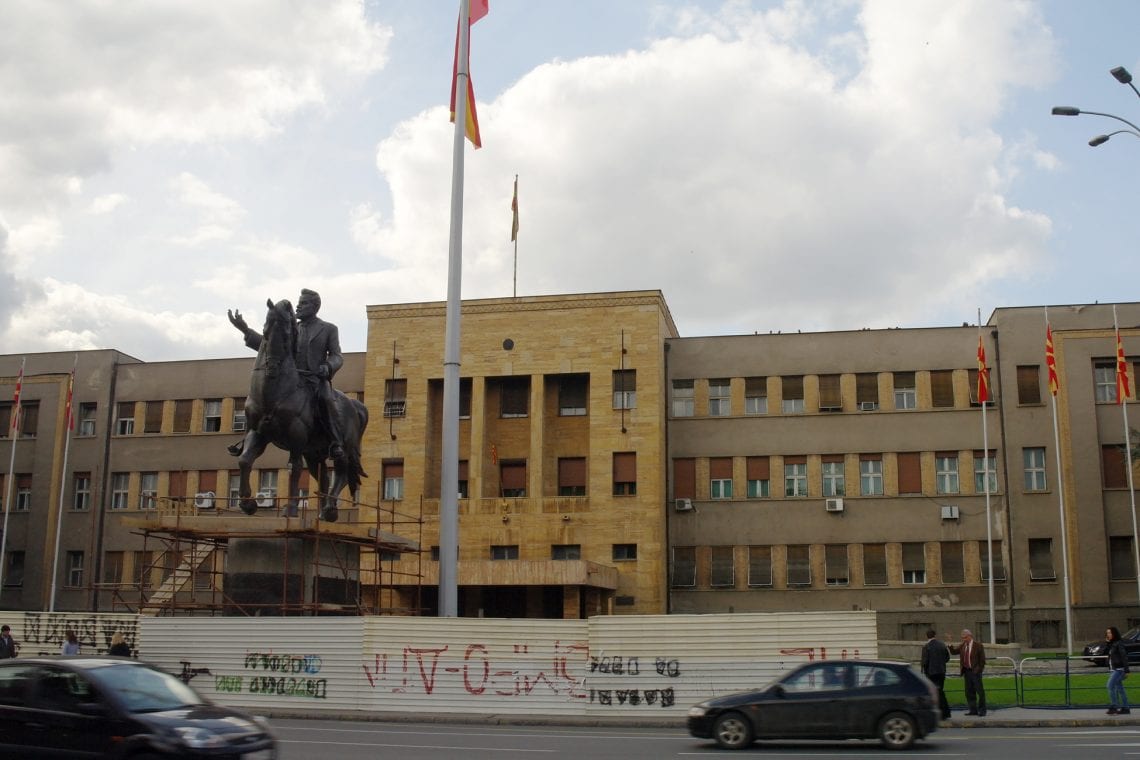
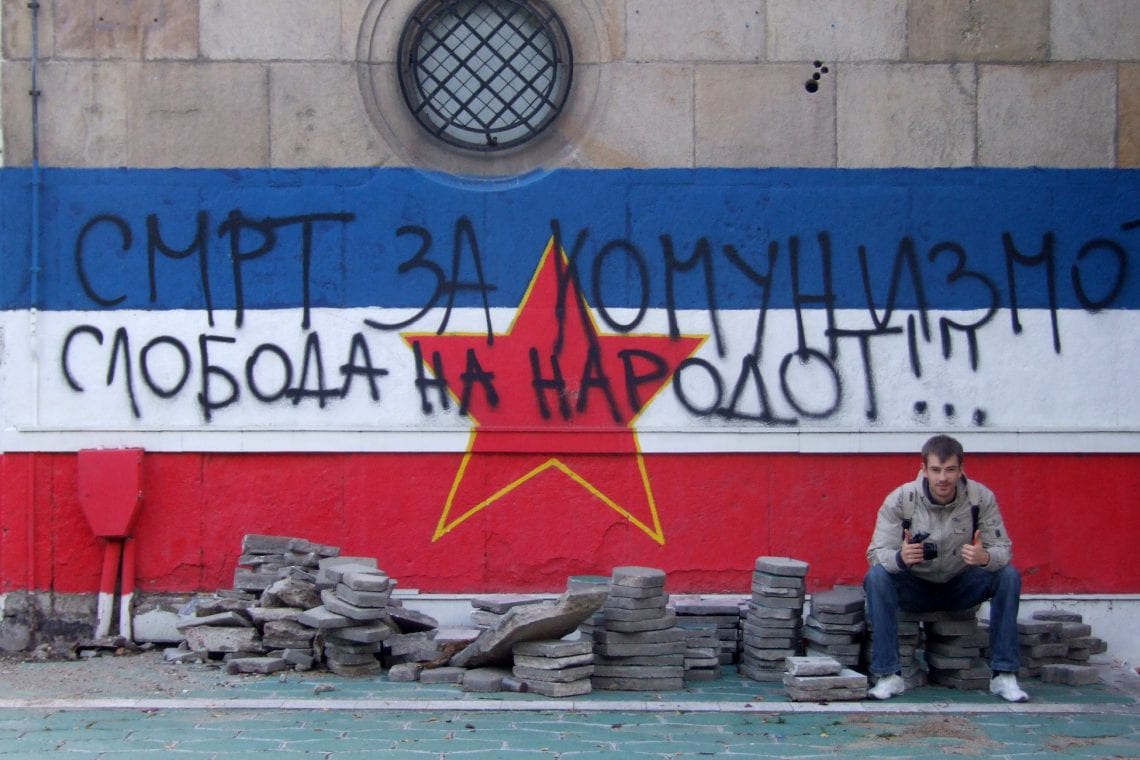

Above: Parliament Building in Skopje| Political graffiti | The stone bridge at night with the Museum of the Macedonian Struggle and the Kale Fortress in the background | Skopje is full of interesting modern statues and sculptures
Culturally, Skopje is a bit of a mish-mash, with Byzantine and Ottomans leaving the most obvious influences on the city. This means that one can admire a Byzantine Church to the Call of Preys coming from nearby Mosques, giving a visitor a truly diverse experience. The central part of the city itself is relatively easy to navigate on foot, and a great way to immerse yourself in city life. Being forced onto the road by locals parking on the pavement, dogging Ladas and Yugos as you cross the street, brushing against commuters and being steered by the irresistible aromas is all part of everyday life in Skopje.
The River Vardar shallowly flows through Skopje roughly dividing the city into a modern city on one half with Macedonia Square and on the other half you’ll find the old town with its Turkish Bazaar. Take your time to wander around; don’t set a goal or destination. It’s incredible what you can find just by chance in Skopje no matter which bank of the river you find yourself on. An excellent selection of restaurants and bars all at a very reasonable price are scattered on either side to the river so make sure you spend time in both. I’d recommend avoiding the guide books suggestions on this (bars), leave it at your accommodation and simply get lost amongst the streets and just go with the flow…even if it’s to one of Skopje clubs dotted around the centre.
The fact that Skopje’s tourist industry hasn’t quite fully developed is the reason why I’d urge you to visit now before it suffers the fate of other European cities with the arrival of the stag and hen weekends. At the moment English is hardly spoken, prices are low and the hordes of tourists are nowhere to be seen, making Skopje an excellent budget weekend break.
Mother Teresa Memorial
A building in which words I struggle to describe; part church, part museum, part gift shop. A stone façade supports a glass chapel which holds services on Mondays, Wednesdays and Saturdays. The Gallery with artefacts and pictures from her life is open daily. No admission fee but donations welcome.
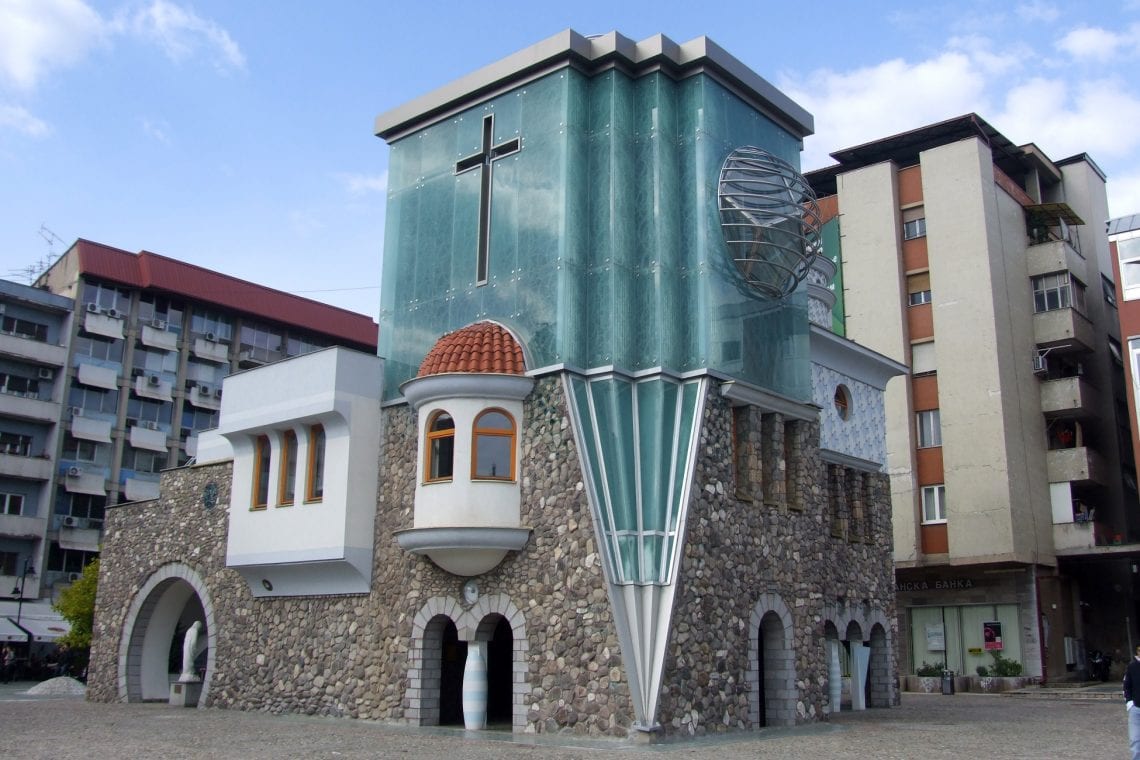
Macedonia Square
Sooner or later you’ll come across the city’s main square, a large open space. Here stands a massive column, its base surrounded by a pool of water; fountains which give a graceful performance as water jets high above in tune to classical music and a wonderful light display. At the top of the column towers a large statue of Alexander the Great on horseback.
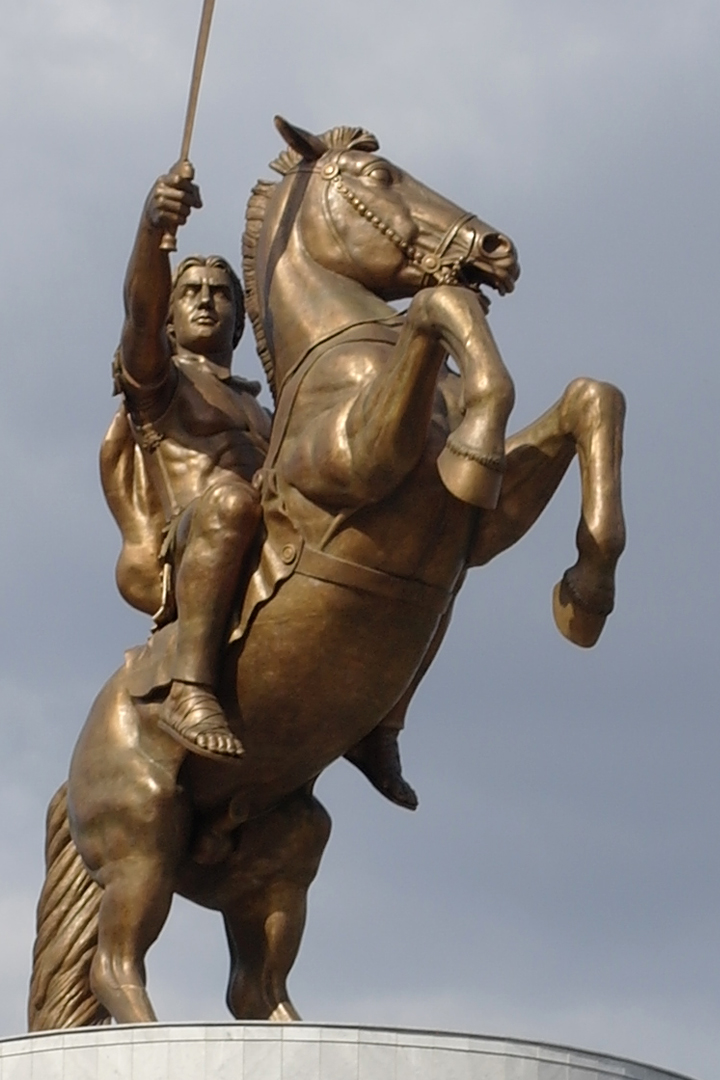
Stone Bridge
From the square you’ll be able to see the old Stone Bridge, dating back from the 16th Century and rebuilt many times over the years. It is considered to be a symbol of this city. The evenings when this bridge is fully lit up provides a lovely picture opportunity. The bridge connects Macedonia Square with the Old Bazaar.
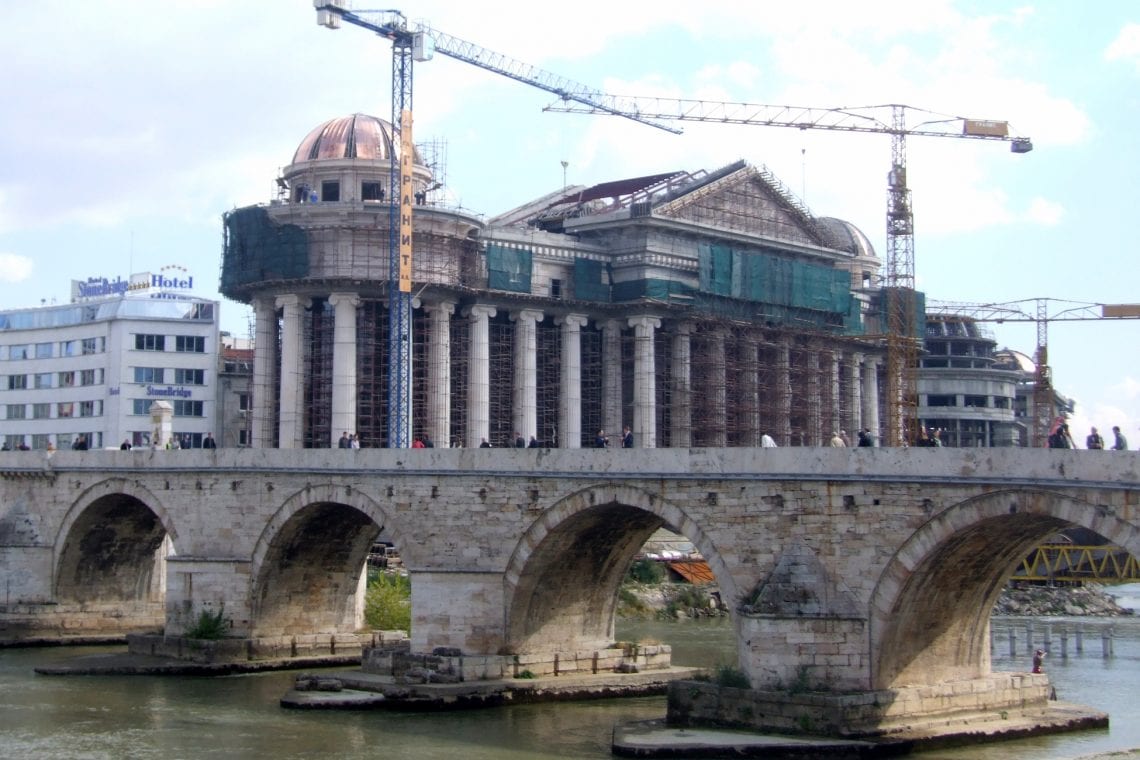
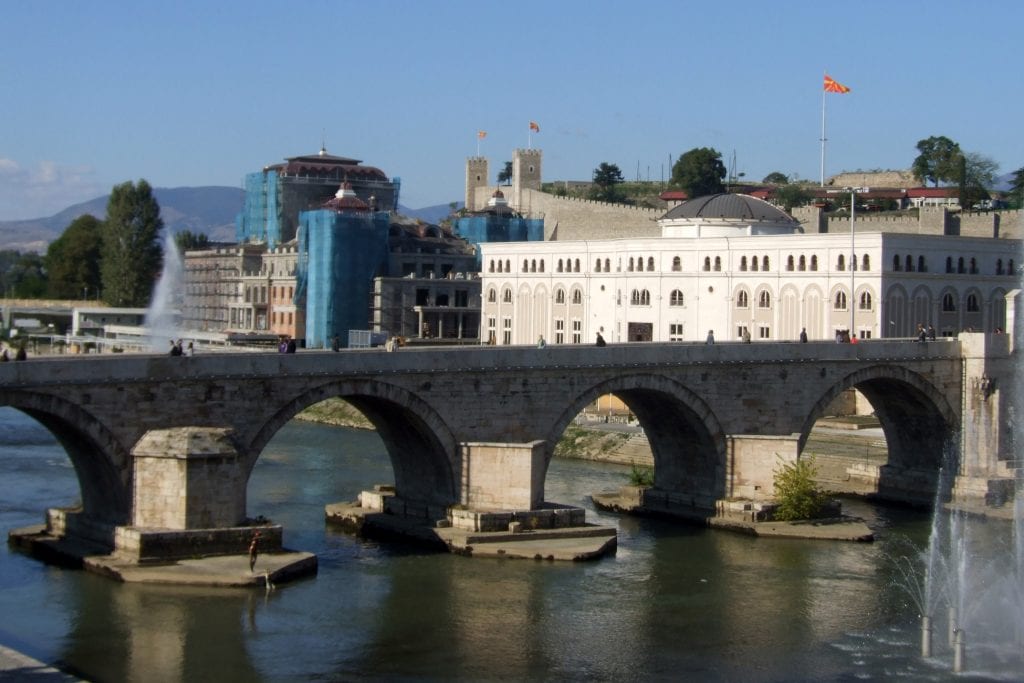
Old Turkish Bazaar
As you cross the bridge into the old town, you’ll instantly feel like you’ve been dropped off in a different city. The narrow cobbled streets of the Bazaar host many cafés, jewellery shops and great kebab grills. The whole area has maintained its historic Ottoman feel with Mosques and Hammons.
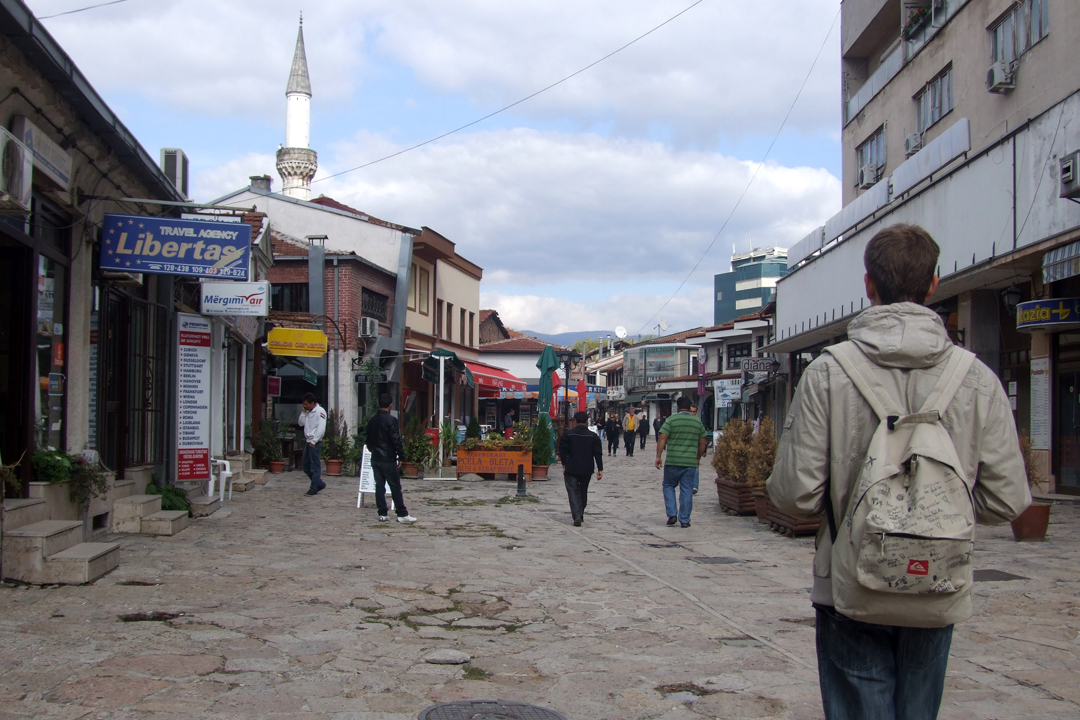
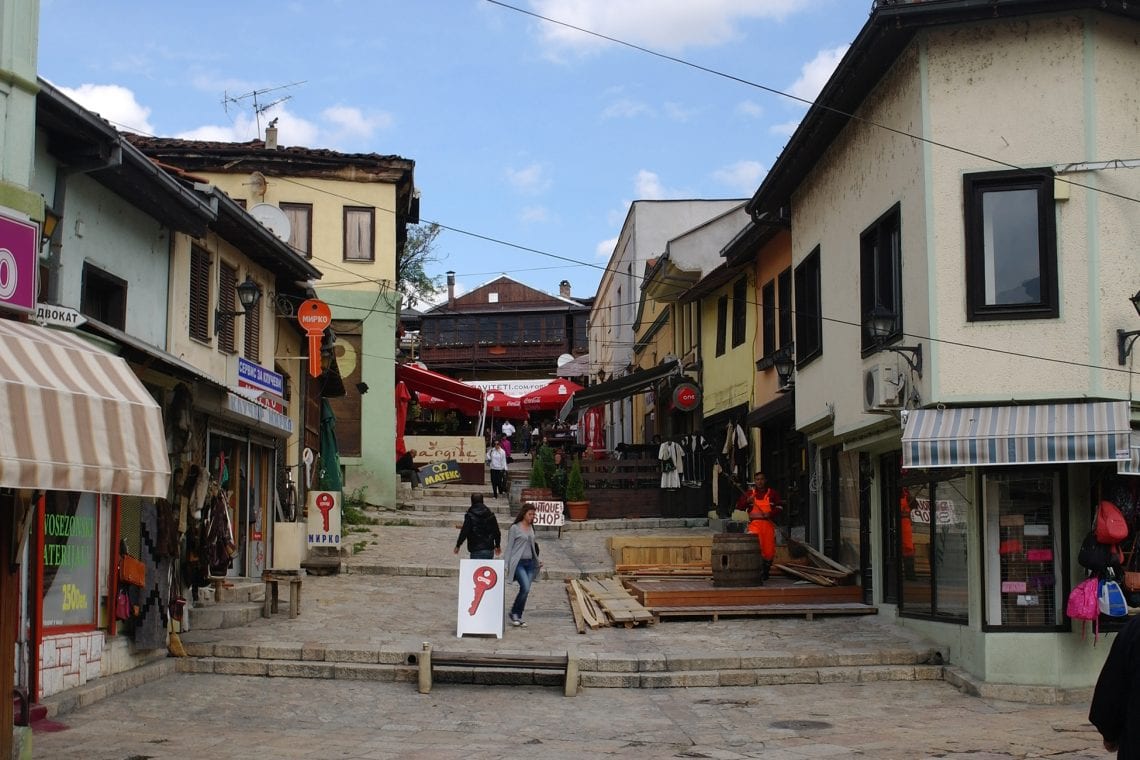
Mt Vodno and Millennium Cosss
Mt Vodno (1066 meters) is a popular hiking ground and whilst your’e free to make your way to the top on foot, you also have the option to take a taxi half way up the mountain and then jump into a cable car for one euro which will take you the rest of the way. The cable car does not operate on Mondays. At the top stands the largest Christian Cross in the world (66 meters). An elevator operates within the structure taking visitors to the top.
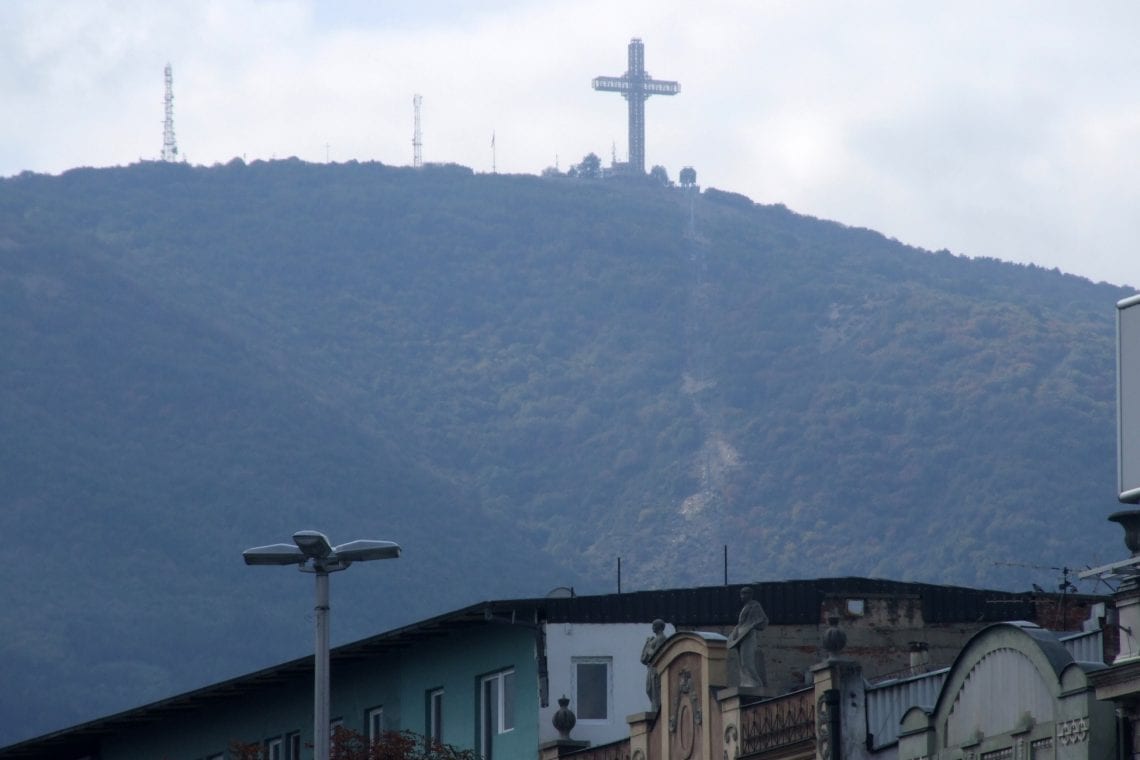
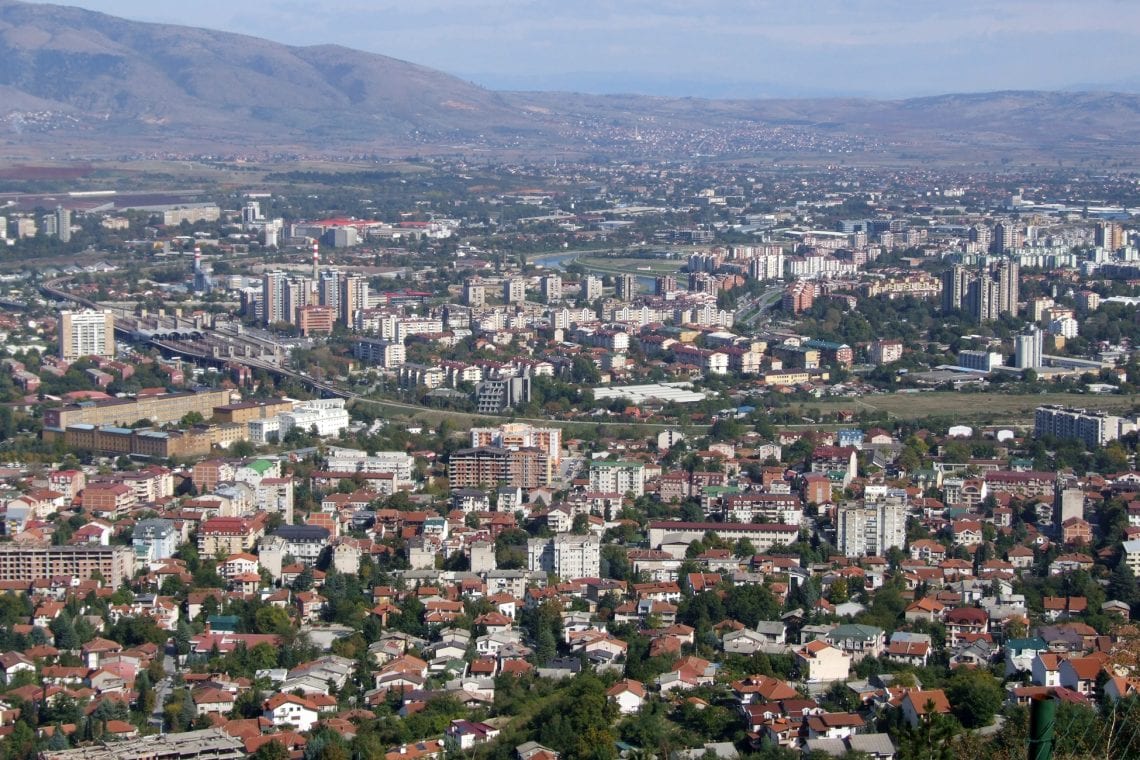
Kale Fortress
Overlooking the river on a central hill lays a castle from the Ottoman era from the the 6th Century. It’s reported that there are some great view to be had but currently it’s closed to all visitors due to a recent archaeological find, of the world’s largest collection of Byzantine coins
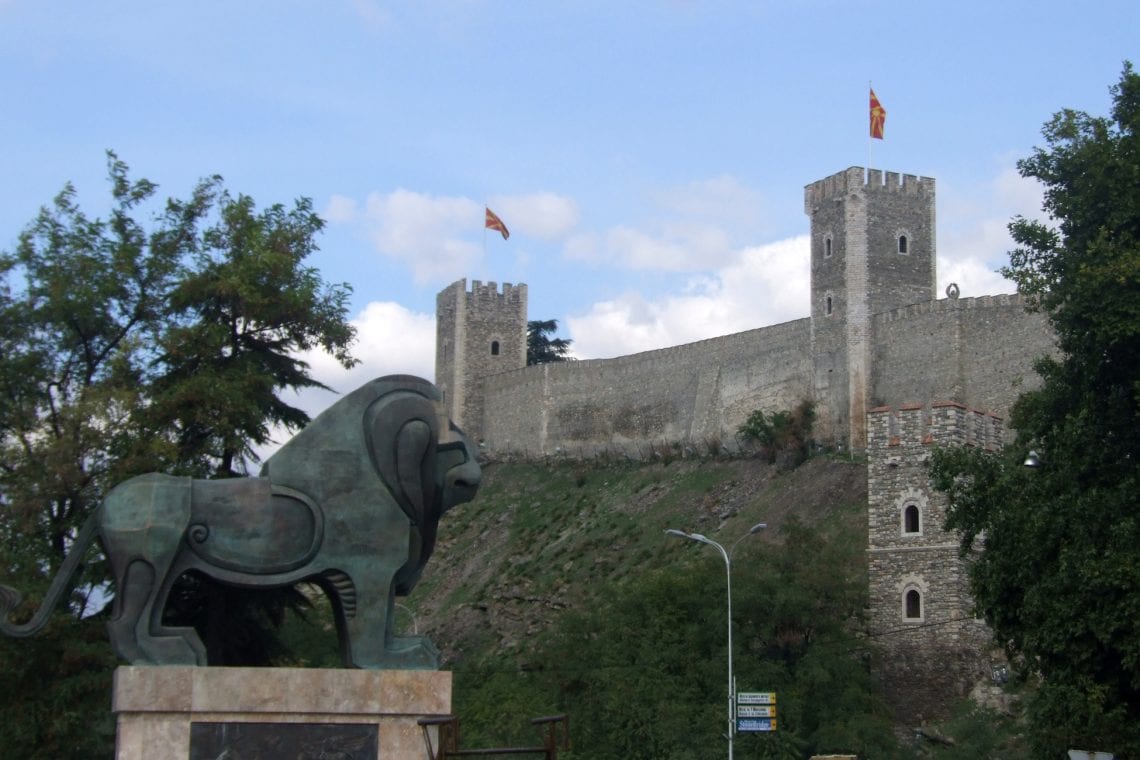
Aqueduct
On the city limits stands an ancient aqueduct built by possibly the Romans, the Byzantine Empire or the Ottomans. Whist academics are still debating this, it’s safe to say it’s an impressive architectural feat from an ancient time. Off limits for many decades due to its proximity to Yugoslav military base, it’s now accessible to the public, though the reality is that this is still relatively an unknown monument providing an ideal location for a secluded picnic.
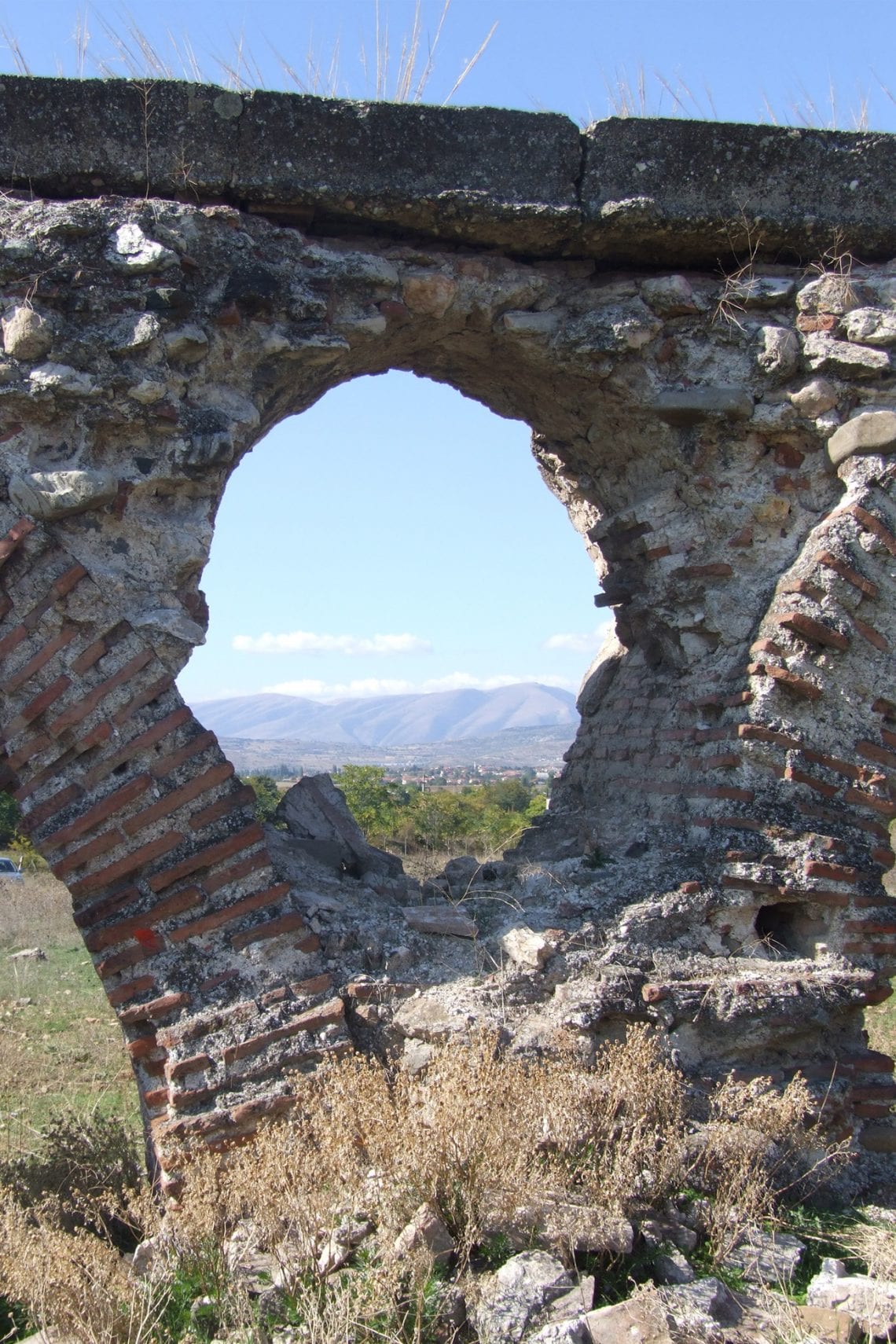
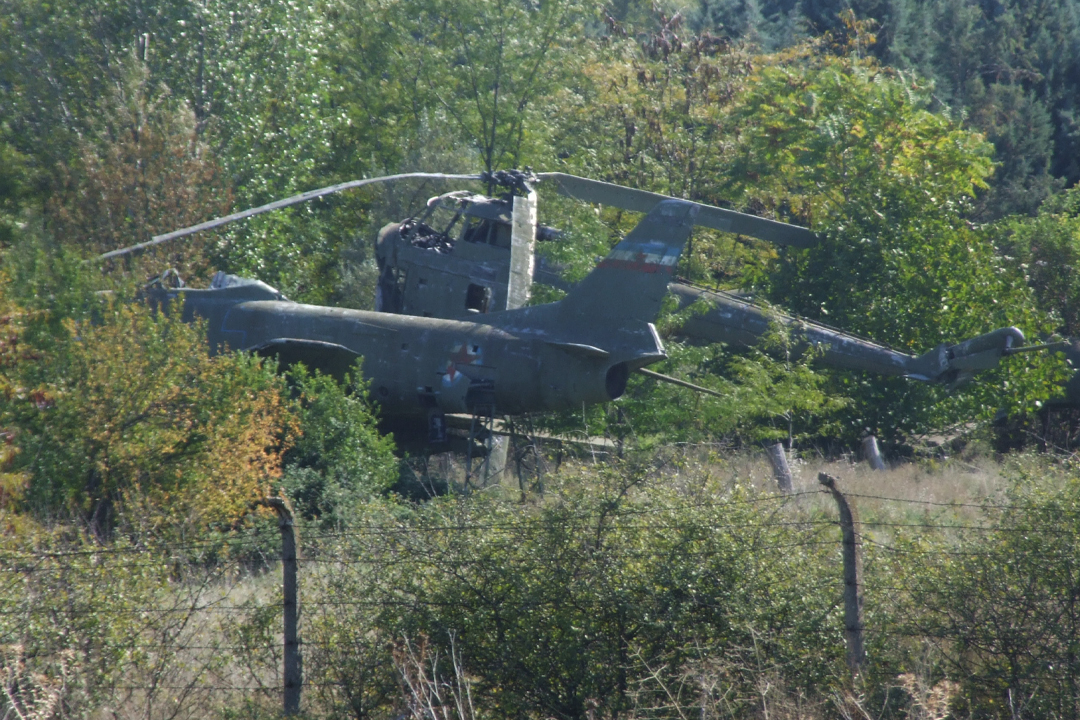
Matka
For those seeking a little tranquillity, a 30 minute taxi ride (or bus number 60) will take you to the Mata Canyon. A dammed river forms a wonderfully scenic lake enclosed by steep cliffs ether side runs for miles. Hiking alongside the lake is popular activity and a sure way to unwind from the hectic city life. Hikes should take about 3 hours for the whole route. The starting point for this hike is a lovely restaurant that’s been carved into the rock.
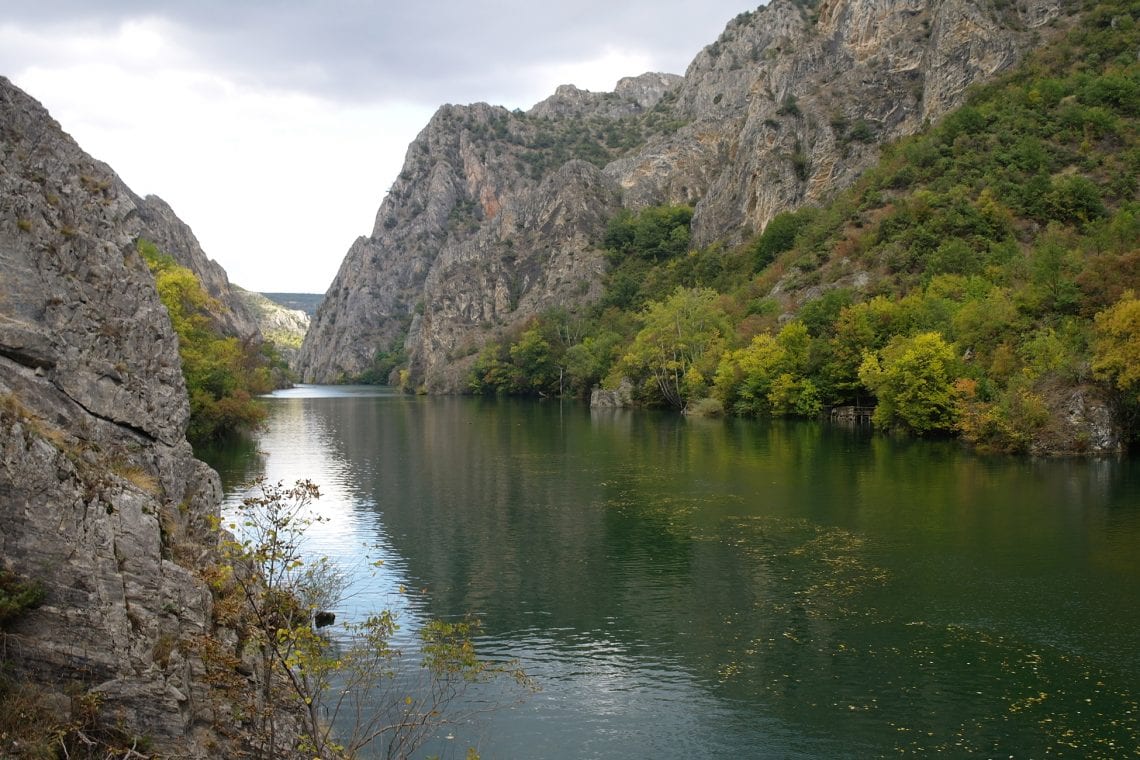

WHERE TO STAY
A simple internet search will relieve ample options for accommodation. Like all cities you can find luxury as well as more modest accommodation.
USEFUL LINKS
- The only English speaking taxi driver in town: Sasha +38 970279449. He is happy to take you around the city and beyond.
- Visit Skopje



